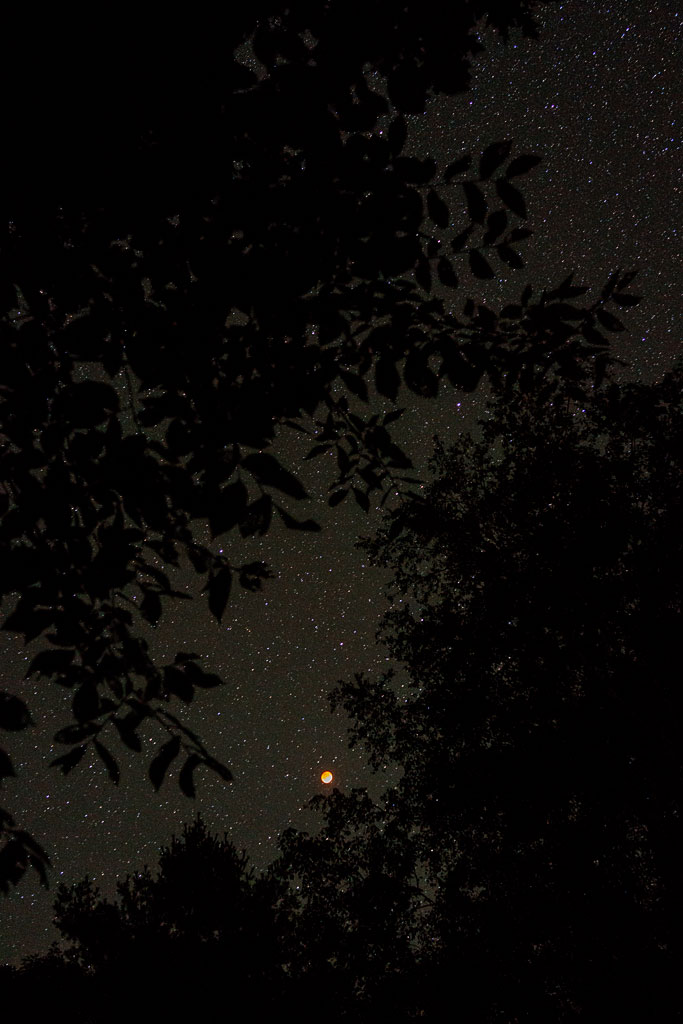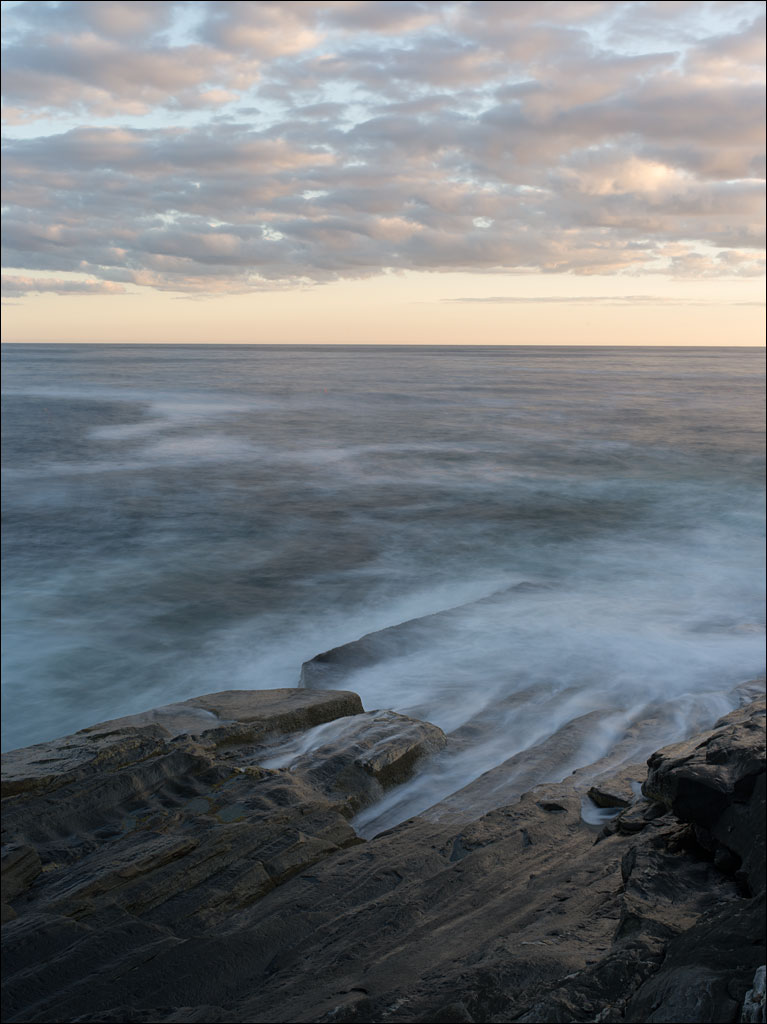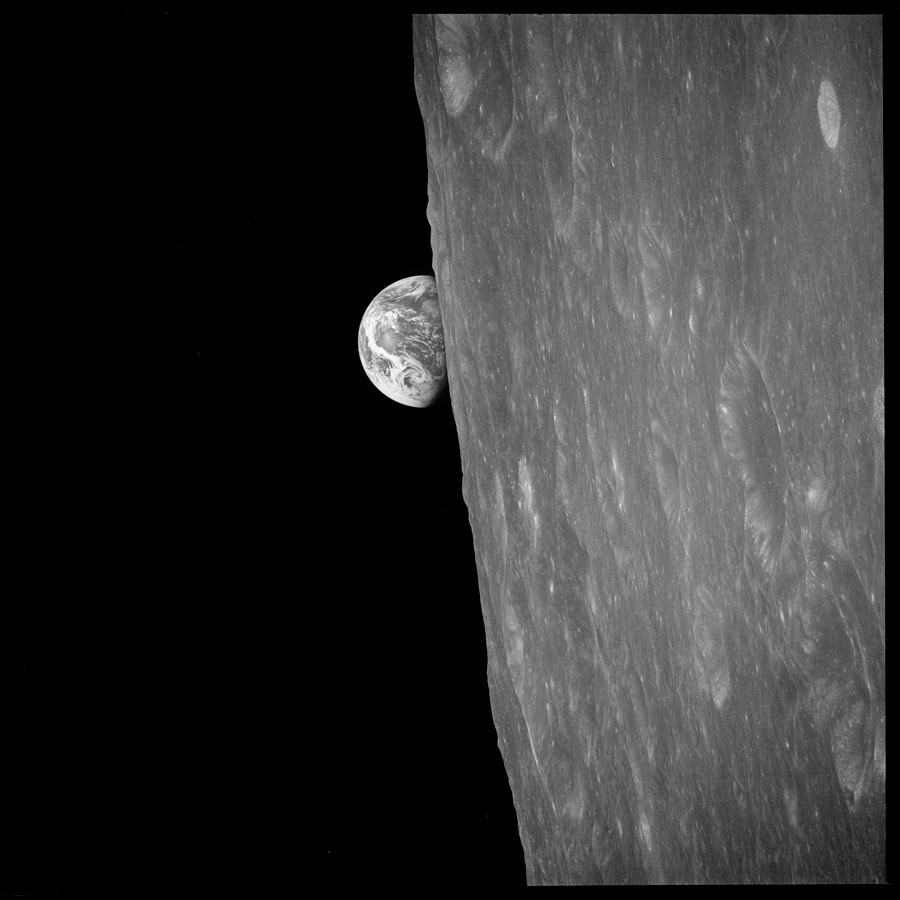 This image is from the newly released Project Apollo Archive by NASA of the pictures taken during the Apollo missions. While the crew never reached the surface of the moon, Apollo 8 was the first time humans had left Earth’s orbit and orbited another celestial body. It was the first time we could view our planet from a place other than Earth. The crew on that mission was William Anders, Frank Borman, and James Lovell. Click on the image for a larger view.
This image is from the newly released Project Apollo Archive by NASA of the pictures taken during the Apollo missions. While the crew never reached the surface of the moon, Apollo 8 was the first time humans had left Earth’s orbit and orbited another celestial body. It was the first time we could view our planet from a place other than Earth. The crew on that mission was William Anders, Frank Borman, and James Lovell. Click on the image for a larger view.
Apple Harvest
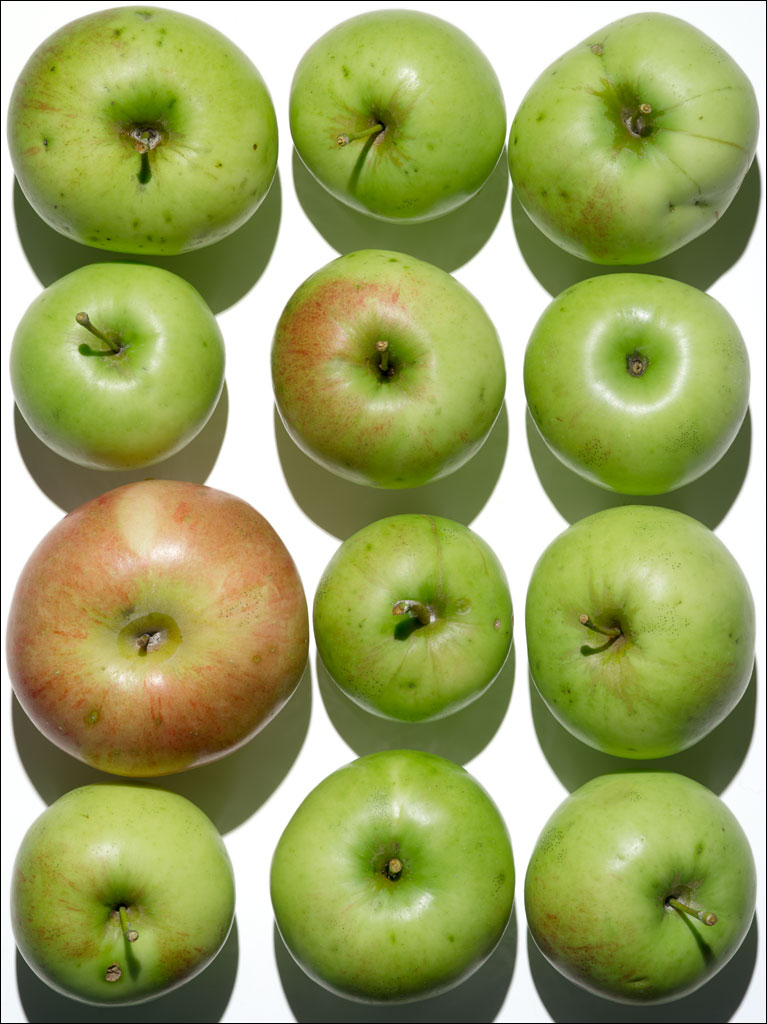 It is turning out to be a great year for apples. And not just for us—apple trees, abandoned and cultivated, are full of fruit around Maine. We use no pesticides on our trees and so our apples are not as pretty as the fruit you find in the supermarket. The only thing we do to protect the crop is to spray it with a fine clay called Surround.
It is turning out to be a great year for apples. And not just for us—apple trees, abandoned and cultivated, are full of fruit around Maine. We use no pesticides on our trees and so our apples are not as pretty as the fruit you find in the supermarket. The only thing we do to protect the crop is to spray it with a fine clay called Surround.
The green apples seem to be a Granny Smith variety, although it does not have the tartness of a Granny Smith. We usually only get a couple of fruit from this tree, but this year we may have harvested a half a bushel. The red apple is an unknown variety that is biennial. It is a little early to eat; most of the fruit is still on the tree ripening. Click on the image for a larger view.
Home and Homelessness
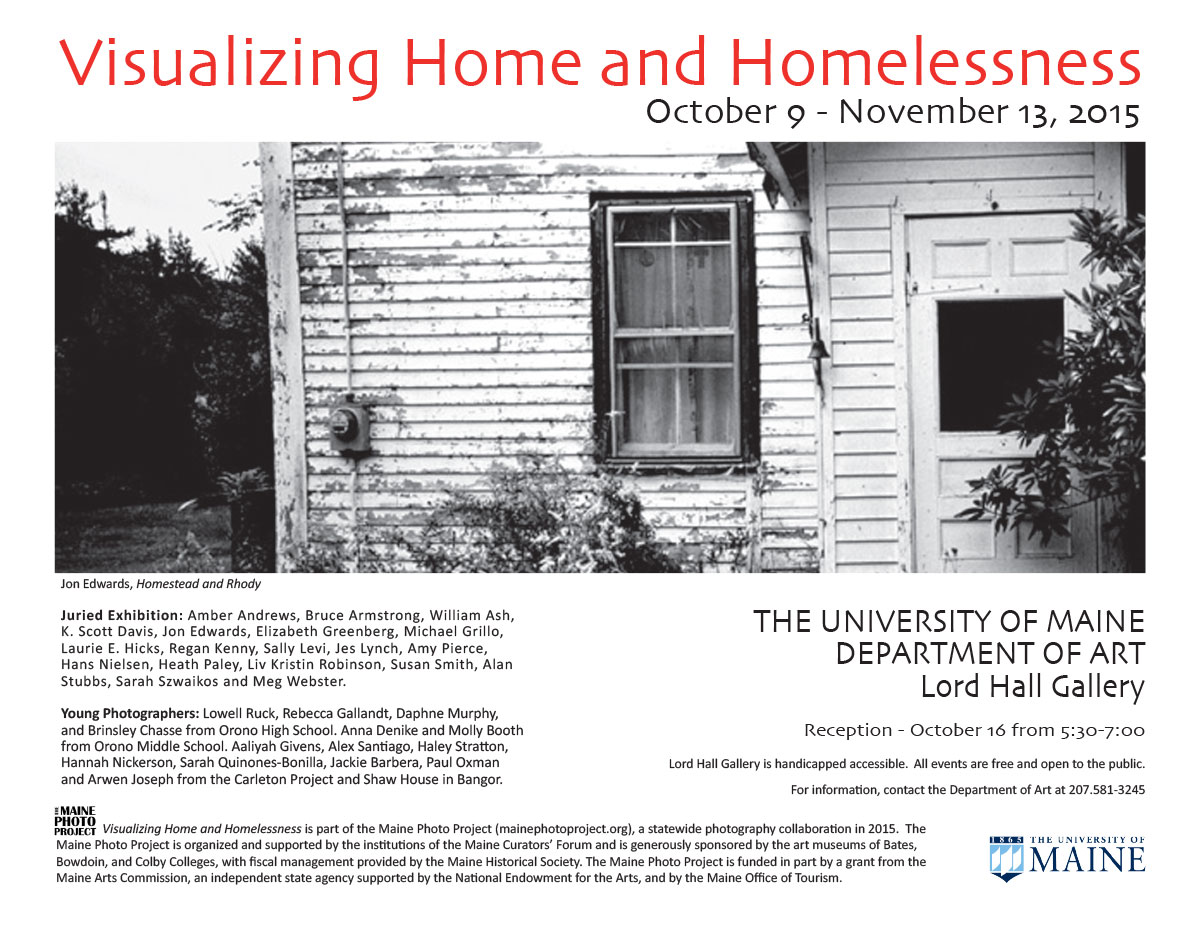 I am very grateful to have one of my photographs selected for this juried exhibition at the University of Maine, Orono. It is part of the Maine Photo Project, a celebration of photography across Maine. An image from the Earth, Water, Fire, Wind, Emptiness project will be displayed. Continue to read the press release. Continue reading
I am very grateful to have one of my photographs selected for this juried exhibition at the University of Maine, Orono. It is part of the Maine Photo Project, a celebration of photography across Maine. An image from the Earth, Water, Fire, Wind, Emptiness project will be displayed. Continue to read the press release. Continue reading
Moon and Stars
A Disappearing Moon
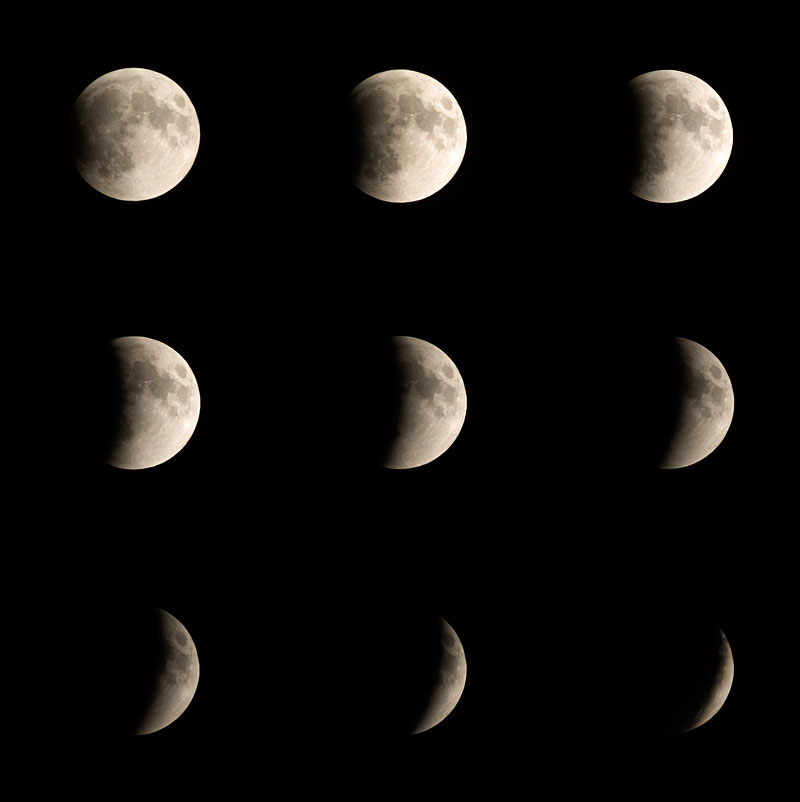 Last night, the moon slipped into the shadow of the Earth. It took about an hour to hide our satellite, which spent another forty five minutes in the shade of our planet before slowly emerging into the light of the sun. Click on the image for a larger view.
Last night, the moon slipped into the shadow of the Earth. It took about an hour to hide our satellite, which spent another forty five minutes in the shade of our planet before slowly emerging into the light of the sun. Click on the image for a larger view.
NOTE: if you know how to cross your eye to fuse stereo pairs, this image is quite dimensional.
More than Meets the Eye
 Cameras imitate human vision. Color is purely a human response to light: it does not actually exist in nature. How far we see in the electromagnetic spectrum, we call that range light, is simply a response of our biology.
Cameras imitate human vision. Color is purely a human response to light: it does not actually exist in nature. How far we see in the electromagnetic spectrum, we call that range light, is simply a response of our biology.
But eyes are not simply tiny cameras. Our vision is a complex system. Part of the retina of our eyes (rods) only sees luminance—how bright things are. Part (cones) only sees color, or, maybe more accurately, differences in color. These signals are transmitted to our brain where it recreates an image of the world. But even in our brain, luminance and color are processed in entirely different areas. So while our experience is a unified vision of a color world (the middle image), the reality is part of our brain is processing luminance (the left image) and another part color (the right image).
We are really not that good at seeing color, which is a late evolutionary adaptation (many animals do not see in color). But it is important. The sky is rather dull in simple luminance—the orange sky at the horizon has the same brightness, or equiluminant, as the blue sky through the cloud. The addition of color in our perception creates far more separation. But color alone lacks structure and detail—color acuity is low in human vision, which why it can be really hard to read red text on a green background when both colors are equiluminant. Click on the image for a larger view.
Dusk at Pemaquid Point
Garden Mystery
 We have a mystery growing in our garden. We did not plant this squash or pumpkin or whatever it is. Most likely it is from the seed of a hybrid squash we planted the year before, but is not growing to type. It is big and looks healthy. Not right to harvest, but when it ripens, we will certainly take a closer look. Click on the image for a larger view.
We have a mystery growing in our garden. We did not plant this squash or pumpkin or whatever it is. Most likely it is from the seed of a hybrid squash we planted the year before, but is not growing to type. It is big and looks healthy. Not right to harvest, but when it ripens, we will certainly take a closer look. Click on the image for a larger view.
Sweet Crab Harvest
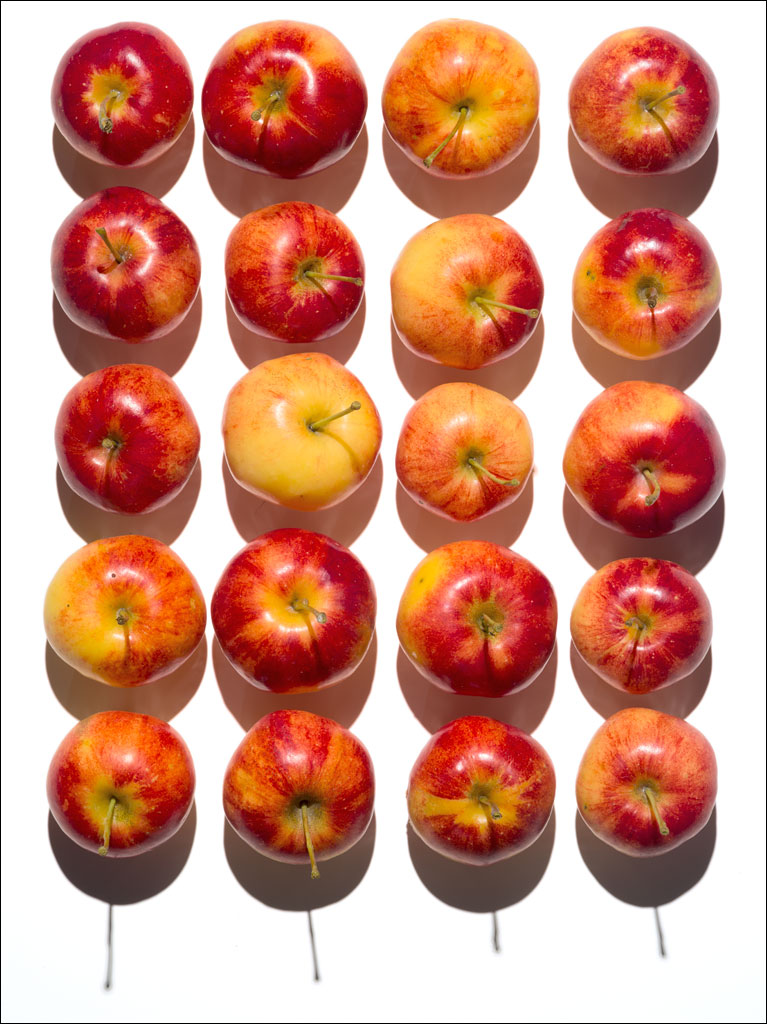 We had a great harvest of our Sweet Crab Apples this year. We have found this to be a great apple to have. While they are tart eaten fresh, once cooked, they have a wonderful sweetness to them. We dry some and turn some into sauce. Click on the image for a larger view.
We had a great harvest of our Sweet Crab Apples this year. We have found this to be a great apple to have. While they are tart eaten fresh, once cooked, they have a wonderful sweetness to them. We dry some and turn some into sauce. Click on the image for a larger view.

